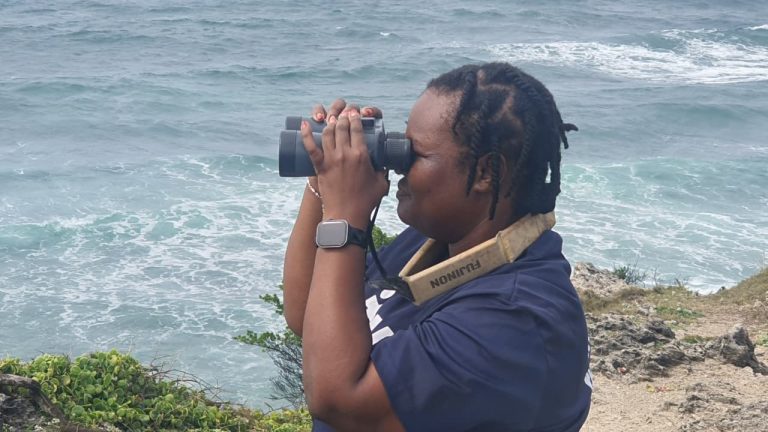Scientists from around the world have converged in Nairobi for a high-level conference seeking to better understand how planet-heating methane is escaping from cracks on the ocean floor.
Methane seeps—natural emission points of the potent greenhouse gas from the seafloor—are increasingly seen as critical hotspots in the climate and biodiversity agenda.
Marine experts say vast amounts of methane have accumulated in reservoirs beneath the seabed over millions of years, posing potential risks if released.
Deputy director of the Southern Marine Science and Engineering Guangdong Laboratory, Prof Pei-Yuan Qian, said the challenge requires coordinated global action.
“Different countries might be doing something, but there is a need for a cohesive approach,” he said, adding the conference would help identify knowledge gaps before capacity-sharing begins.
Qian said methane seeps are widely distributed across various ocean depths, yet their impacts remain poorly understood.
“We need solid science to support decision-making,” he said.
The University of Nairobi, in collaboration with the African Network of Deep-water Researchers (ANDR), the Guangzhou Marine Laboratory, and Unesco-IOC, organised the two-day regional workshop titled ‘Climate Impacts of Methane Seeps (CliMetS)-Africa Workshop’.
The meeting marks Africa’s regional preparatory session for the UN Decade-endorsed CliMetS programme, which seeks to map, monitor and build capacity for methane seep research.
The event brings together ocean scientists, government officials, research institutions and UN agencies to identify research priorities and design Africa’s contribution to upcoming deep-sea research expeditions in the Indian and South Atlantic Oceans.
Unesco project officer Edwin Mwashinga said climate change adaptation and mitigation remain central pillars of the UN Ocean Decade in Africa, lamenting that oceans have received insufficient attention in global climate negotiations.
From the Nairobi Convention, Dr Jared Bosire called for systematic deep-sea mapping and stronger institutional and regional capacity to monitor methane seeps.
“We need to know what capacity exists in terms of expertise and ensure the links between science and policy are strengthened,” he said.
The Nairobi Convention, part of Unep’s Regional Seas Programme, engages countries bordering the Western Indian Ocean in joint actions to protect shared marine ecosystems.
Methane, the primary component of natural gas, is responsible for roughly a third of current global warming. It is a powerful but short-lived greenhouse gas, with a lifespan of about a decade and a global warming potential 84 times higher than carbon dioxide over a 20-year period.
Experts warn that without intervention, global methane emissions could rise by up to 13 per cent between 2020 and 2030. To align with pathways limiting global warming to 1.5°C, emissions must fall by 30–60 per cent from 2020 levels by the end of this decade.
Methane emissions also drive ground-level ozone pollution, causing about a million premature deaths each year and reducing crop yields while damaging ecosystems.
Despite Africa’s vast coastline, scientists say much of the region’s seafloor remains unmapped, particularly along the Eastern African coast. Only a handful of methane seeps have been identified—three along the West African coast and none so far along the East.
The CliMetS programme, endorsed under the UN Decade of Ocean Science for Sustainable Development, aims to map the global distribution of oceanic methane seeps and understand their ecological influence on the climate system.
As part of this initiative, research cruises are planned across the Indian and South Atlantic Oceans to map cold seeps along the African continental margin—advancing knowledge that could reshape the world’s understanding of ocean-climate interactions.
by GILBERT KOECH


